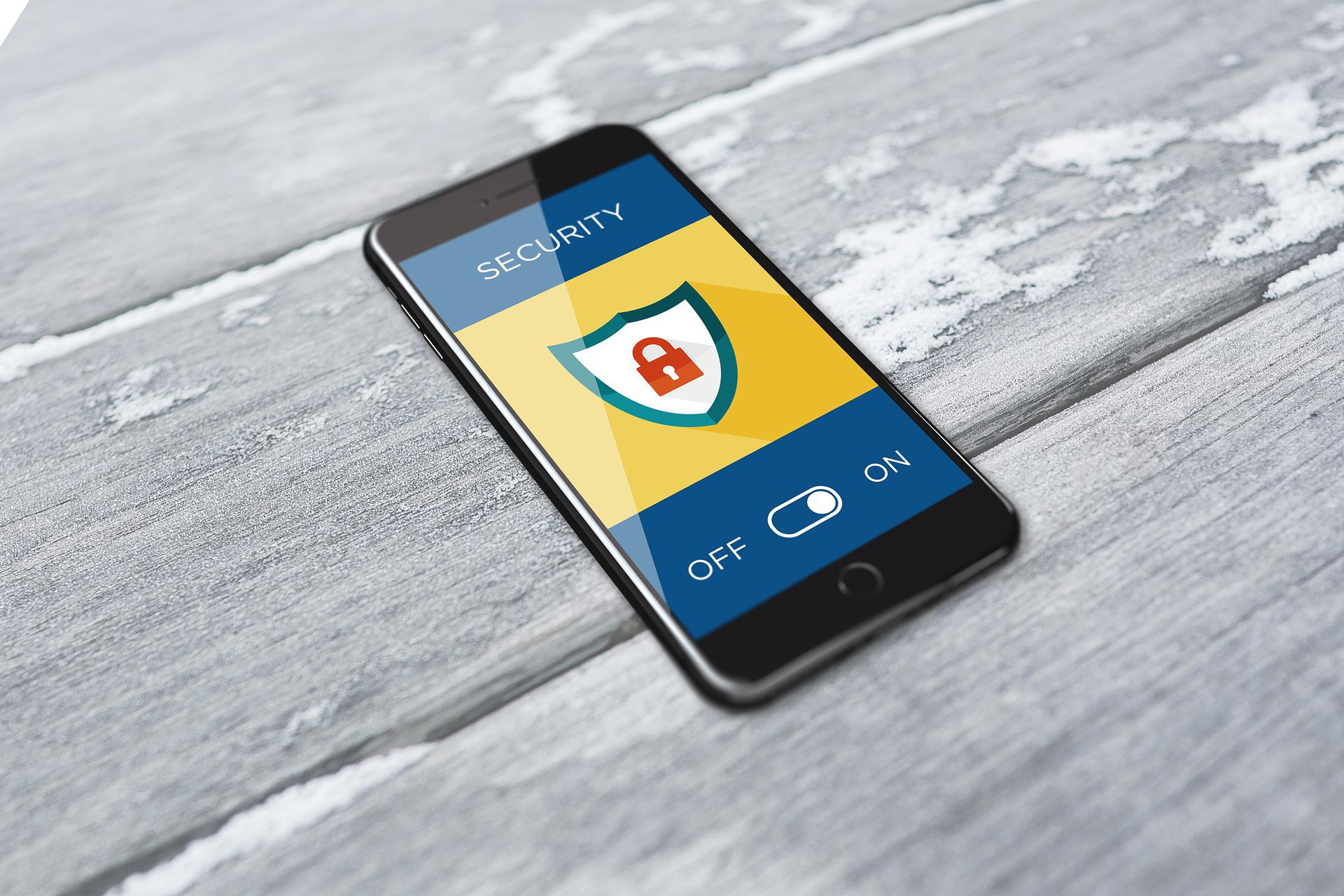Recent post
Subscribe to the Blog
Get our research-based blogs and stories delivered to your inbox.

Data breaches are on the rise, and Cisco is no exception. In fact, a recent study found that data breaches cost organizations an estimated $3.9 trillion annually.
These losses come from not only the direct costs of fixing the damage caused by the breach, but also the reputational damage that comes along with it.
The good news is that Cisco has been working hard to combat these data breaches by releasing new security features and training its employees.
Cisco has long been a leading provider of network infrastructure solutions, but its CCNP Security certification may not be enough to keep your business safe.
Criminals have become increasingly sophisticated, and they’re now using data vulnerabilities to exploit your networks and steal your data.
In this article, we’ll describe some of the most common Cisco CCNP security attacks and how criminals use them to steal your information.
As the title suggests, criminals are exploiting data flaws in order to gain access to networks and sensitive information. In recent years, cybercriminals have become increasingly adept at attacking network infrastructure using data breaches as their entry point.
One of the most common attacks used by criminals is known as a “ Spearphishing Attack”. Spearphishing Attack is an attack where illegitimate emails are sent to targets with the intent of gaining access to their accounts or stealing personal information.
In order to exploit these data vulnerabilities, cybercriminals often use tools that were developed specifically for this purpose. One such tool is known as “ RCE” which stands for “Remote Code Execution”. RCE allows attackers to execute malicious code on machines that have been compromised by exploiting vulnerabilities in applications and operating systems.
Cyberattacks have become increasingly advanced over the years, with hackers using more sophisticated methods to gain access to victims’ computers.
In some cases, cyberattacks can even cause physical damage to devices and infrastructure.
As cyberattacks become more advanced, businesses and individuals must be proactive in protecting themselves from these threats.
Cybersecurity is of utmost importance for any organization. However, even with the most up-to-date security measures in place, there is a chance that a cyberattack will occur. The best way to protect yourself from cyberattacks is to make yourself immune to them. Here are 8 steps you can take to become immune to cyberattacks:
Cybercriminals are weaponizing ransomware in order to increase their chances of success. Ransomware is a type of malware that blocks access to files or devices until a ransom is paid.
Some cybercriminals are using ransomware to extort money from their victims, while others are using it as a way to gain control of the victim’s computers.
Weaponizing ransomware means modifying the malware so that it can attack more than one type of computer. This makes it more likely that the ransomware will successfully infect a computer and demand payment from the user.
Cybercriminals are increasingly using weaponized ransomware in order to increase the ransom they can demand from their victims.
CCNP security attacks are a type of threat that can occur when someone gains unauthorized access to your network. There are many different types of CCNP security attacks, and they all have the potential to damage your network and affect the safety and security of your users.
Here are some common CCNP security attacks:
Insider Threats: A malicious employee who has access to sensitive data or information can use that information to attack your network. This type of attack is especially common in businesses with confidential data, and it’s important to ensure that all employees know not to share such information without permission.
Denial-of-Service (DoS) Attacks: A DoS attack can prevent legitimate users from accessing your network or servers, which can lead to serious business disruptions.
Malware is a term used to describe malicious software such as spyware, ransomware, viruses, and worms. Malware compromises the network through vulnerabilities.
Dangerous software is usually installed when a user clicks on a malicious link or email attachment. Once invading the system, the malware can do the following:
Man-in-the-middle (MitM) attacks, also known as eavesdropping, occur when an attacker inserts himself into a transaction between two parties. When an attacker disrupts traffic, it can filter and steal data.
Two common entry points for MitM attacks:
Zero-day exploits occur after a network vulnerability has been disclosed and before a patch or fix is implemented. During this opportunity window, attackers target exposed vulnerabilities. You should always be aware of the threat of zero-day vulnerabilities.
DNS tunneling uses the DNS protocol to communicate non-DNS traffic over port 53. Sends HTTP and other protocol traffic over DNS.
There are several good reasons to use DNS tunneling. However, there are also malicious reasons for using the DNS tunneling VPN service.
You can use them to disguise outbound traffic as DNS and hide data that is normally shared over an internet connection.
DNS queries are manipulated for malicious purposes in order to steal data from the compromised system to the attacker’s infrastructure.
It can also be used for command and control callbacks from an attacker’s infrastructure to a compromised system.
Conclusion
CCNP Security Attacks As the title suggests, are exploiting data flaws in order to gain access to networks and sensitive information. One of the most common attacks used by criminals is known as a “ Spearphishing Attack”.
Spearphishing Attack is an attack where illegitimate emails are sent to targets with the intent of gaining access to their accounts or stealing personal information.
One such tool is known as “ RCE” which stands for “Remote Code Execution”. In some cases, cyberattacks can even cause physical damage to devices and infrastructure. As cyberattacks become more advanced, businesses and individuals must be proactive in protecting themselves from these threats.
However, even with the most up-to-date security measures in place, there is a chance that a cyberattack will occur. Implement layered security measures such as firewalls, intrusion detection/prevention systems (IDS/IPS), and password management tools. There is no single silver bullet that can protect businesses and individuals from all cyberattacks. However, by implementing layered security measures and being proactive about cybersecurity, businesses and individuals can greatly reduce their chances of being the victim of a cyberattack.
Get our research-based blogs and stories delivered to your inbox.
 Top Mobile App Development Firms
Top Mobile App Development Firms
 Top Web Development Firms
Top Web Development Firms
 Top On Demand App Developers Firms
Top On Demand App Developers Firms